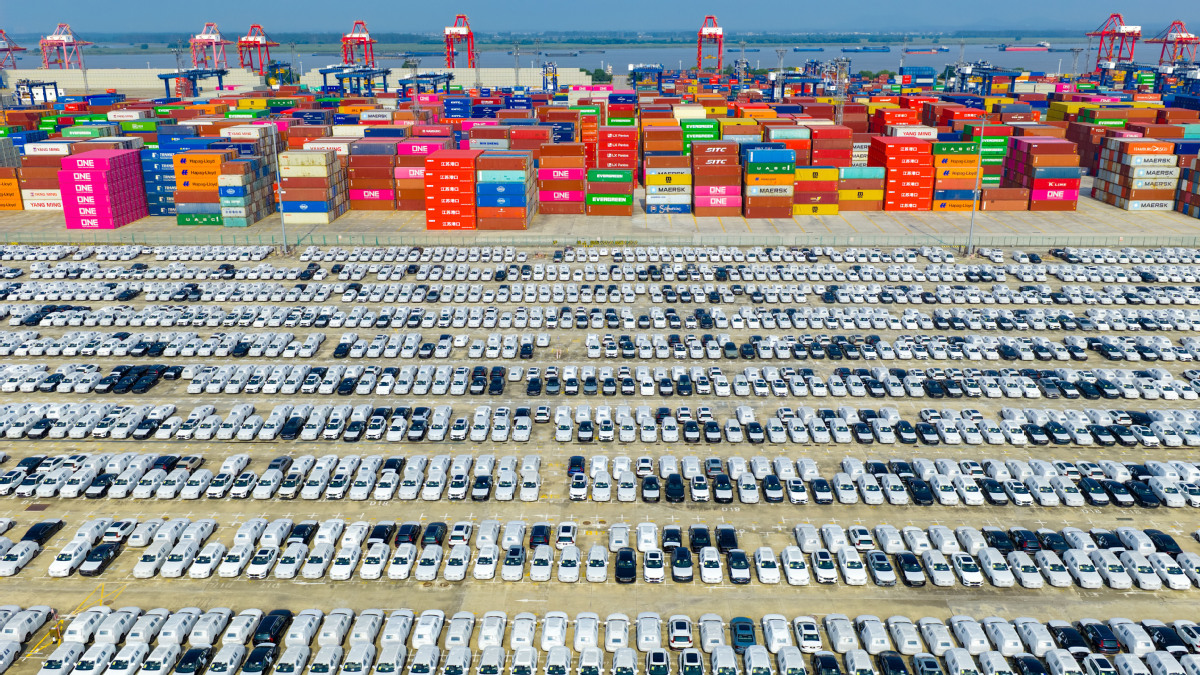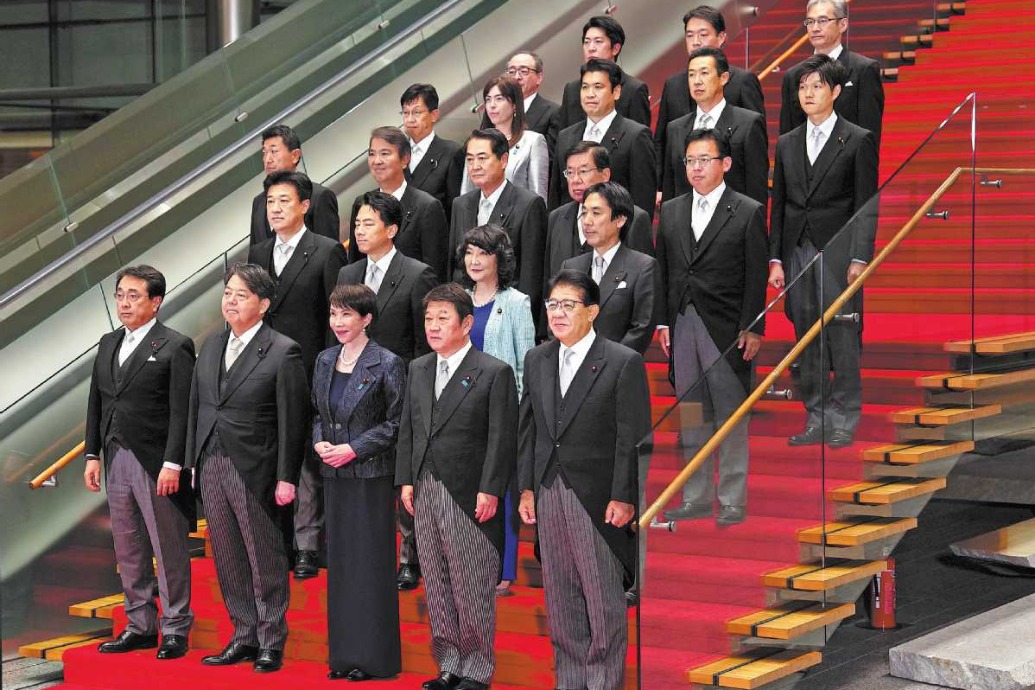Nation's growth evolving from quantity to quality


Over the past several years, China has remained one of the principal engines of global economic growth. During the 14th Five-Year Plan (2021-25) period, the country's economy expanded steadily, surpassing 130 trillion yuan ($18.3 trillion) in total output. Despite an increasingly complex global environment, China has continued to contribute roughly one-quarter — and in some years nearly one-third — of total global GDP growth.
This is not only a measure of scale but a demonstration of the resilience and adaptability of the Chinese model.
The 14th Five-Year Plan represents a turning point in China's economic transformation — from rapid expansion to high-quality development. Rather than pursuing growth at any cost, the focus has shifted to innovation, sustainability and technological self-reliance.
China's economic structure is evolving, with high-tech industries, digital solutions and green energy becoming the new pillars of growth. The share of domestic consumption continues to increase, creating a more balanced economy that is less dependent on external demand. Growth of around 5 percent annually, combined with the rising quality of output, underscores the country's capacity to modernize without compromising stability.
This transformation is embodied in two defining concepts of the 14th Five-Year Plan: "high-quality development" and "new quality productive forces". Together, they signify China's strategic transition from investment-driven expansion to innovation-led, knowledge-based and environmentally sustainable growth.
China is fostering innovation and technological upgrading across sectors such as artificial intelligence, semiconductors, biotechnology, new materials and renewable energy. These sectors are the new drivers of productivity and global competitiveness.
At the same time, China is already the global leader in solar panels, electric vehicles and battery production, while industries are undergoing a profound digital transformation. Smart manufacturing, big data and automation are improving efficiency, contributing to a "smart economy".
The quality of development is also reflected in people's well-being. Efforts to reduce regional disparities, enhance social security and improve education and healthcare reflect China's commitment to shared prosperity and social sustainability.
The concept of new quality productive forces — a key theme shaping the next phase of China's modernization — emphasizes that the future of growth will depend on technological advancement, innovation capacity and management efficiency, rather than traditional inputs such as labor and capital.
From artificial intelligence in manufacturing to smart agriculture and logistics automation, these innovations are redefining productivity. Each unit of investment is now expected to yield higher returns through knowledge, data and digital capability. This marks the emergence of a new type of industrial competitiveness — one rooted in science, creativity and human capital.
As China prepares to launch its 15th Five-Year Plan (2026-30), the focus will be on consolidating the achievements of the previous phase while advancing a deeper form of openness and innovation. The next stage will likely emphasize institutional openness, expanded connectivity through new platforms, and an active role in global economic governance.
China's next phase of openness will go beyond tariff reductions and incentives. It will emphasize institutional openness — creating a more transparent, rules-based and innovation-friendly business environment. Pilot free trade zones such as the China (Shanghai) Pilot Free Trade Zone and Hainan Free Trade Port will continue to test new regulatory models, intellectual property protections and investment mechanisms that can later be scaled nationwide.
Initiatives such as the Belt and Road Initiative and the Regional Comprehensive Economic Partnership will remain central to China's external engagement. The focus will expand toward digital trade, "green" trade and high-value services. Events such as the China International Import Expo will continue to demonstrate China's commitment to shared growth and two-way openness.
In an era of rising protectionism, China will uphold multilateralism and actively participate in shaping global norms for the digital economy, climate change and sustainable finance. The goal is not to replace existing institutions but to make global governance more inclusive, equitable and innovation-oriented.
China is no longer just the "world's factory". It is emerging as a central hub in global value chains driven by research, innovation and digitalization.
International investors can engage with China's innovation clusters — from the Guangdong-Hong Kong-Macao Greater Bay Area to the Yangtze River Delta — to co-develop technologies and products for the global market.
In a volatile global economy, China offers stability, predictability and long-term partnership. The "dual circulation" strategy — combining a strong domestic market with active international engagement — ensures resilience and creates mutual benefits for all participants.
The coming years will also see closer institutional and technological integration between China and its Eurasian partners.
The Belt and Road Initiative is evolving from an infrastructure-focused framework to one centered on regulatory harmonization, financial cooperation and digital interconnectivity.
Furthermore, China's Digital Silk Road will promote shared digital infrastructure, e-commerce and data standardization, while the Green Silk Road will support renewable energy, hydrogen technologies and sustainable transportation across Eurasia.
As the world navigates a period of volatility and transformation, China's trajectory remains clear. The 15th Five-Year Plan will deepen reforms, expand openness and strengthen the foundation for an innovation-driven, green and inclusive economy.
High-quality development is not a slogan — it is a strategic shift from scale to efficiency, from investment to innovation, from traditional industry to smart and sustainable production.
In the years ahead, the world will not see a "closing" China, but rather a more mature, confident and open China — a partner ready to drive the next generation of global growth and cooperation.
The author is former secretary-general of the Shanghai Cooperation Organization and former foreign minister of Uzbekistan.
The views do not necessarily reflect those of China Daily.
































